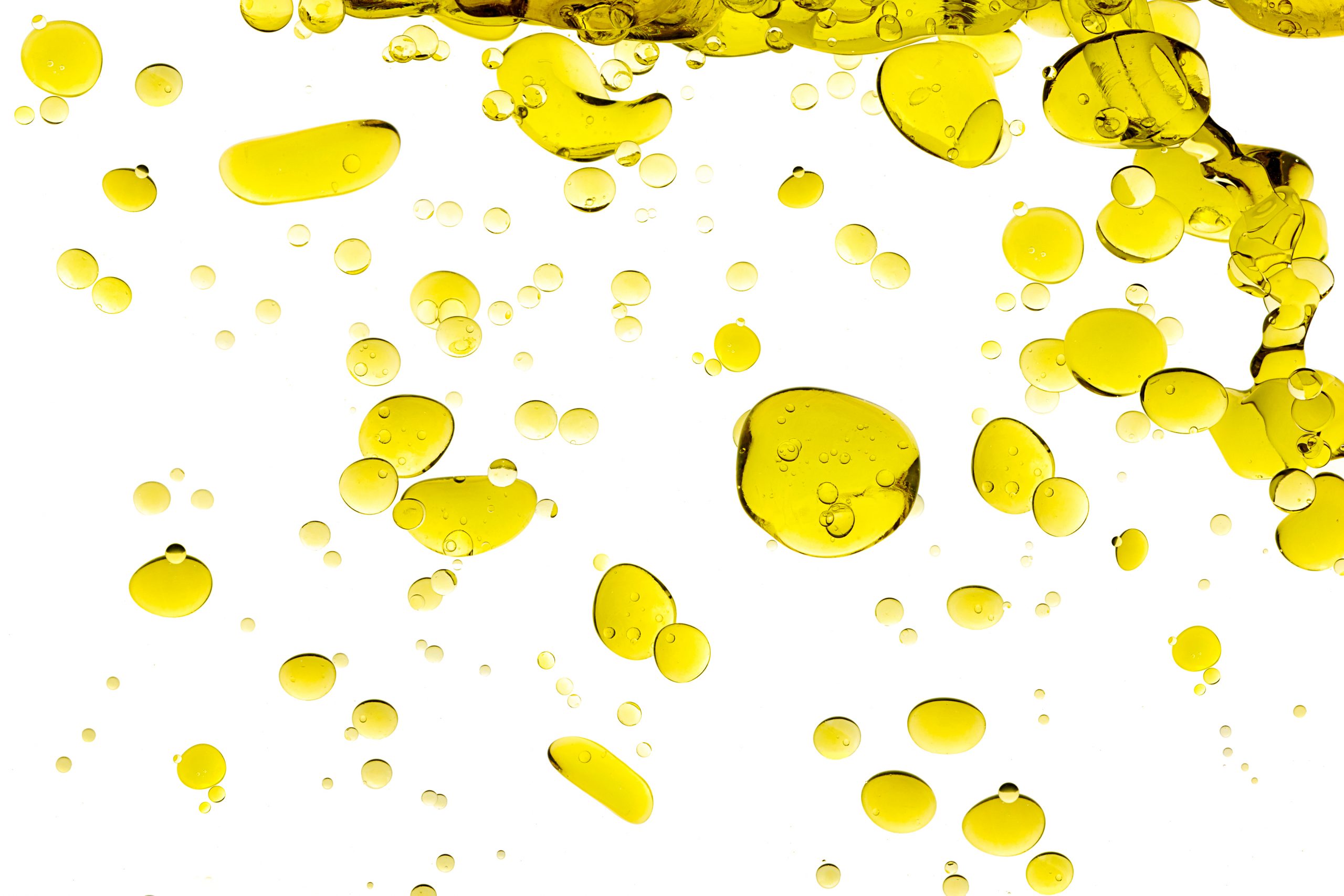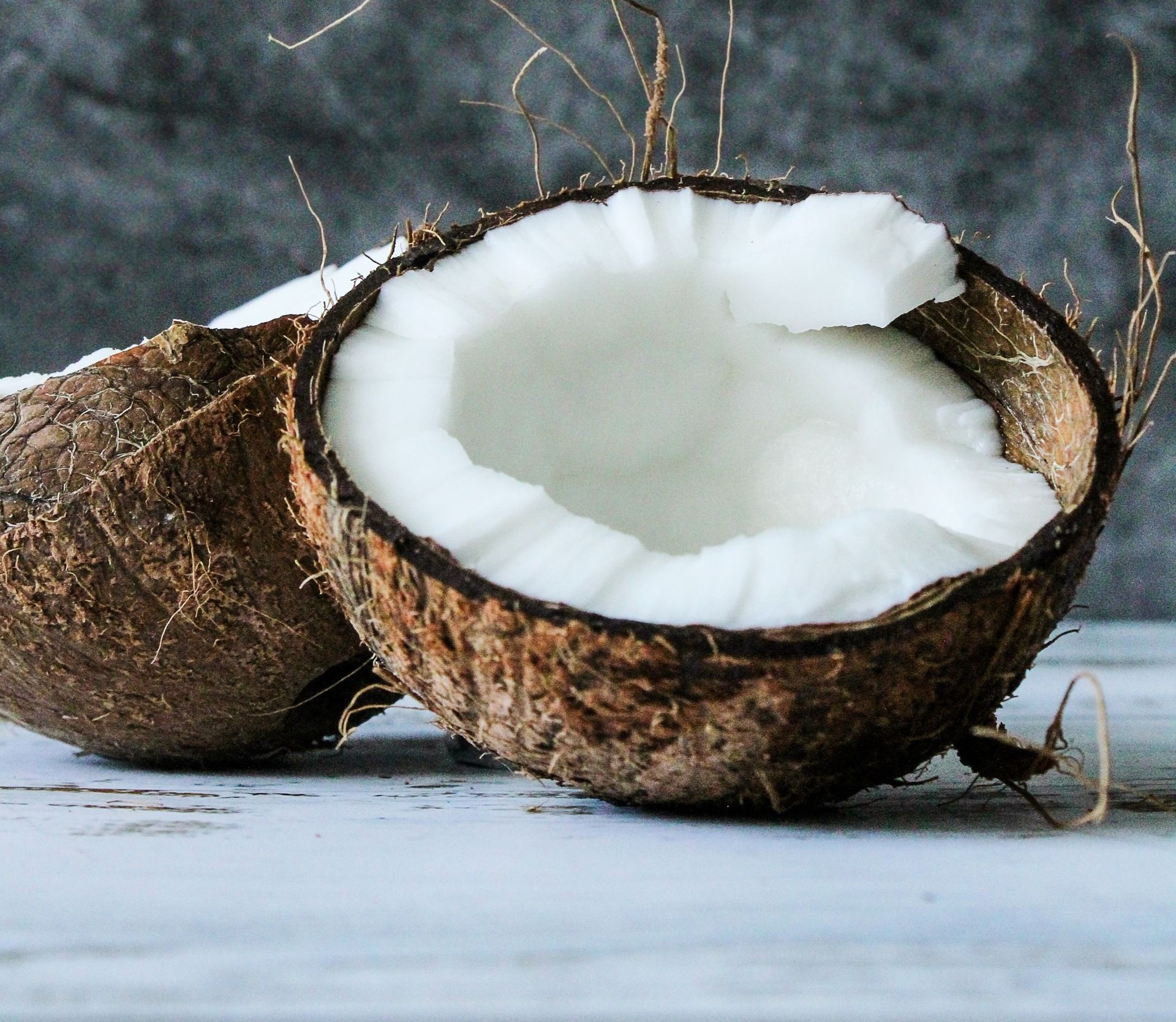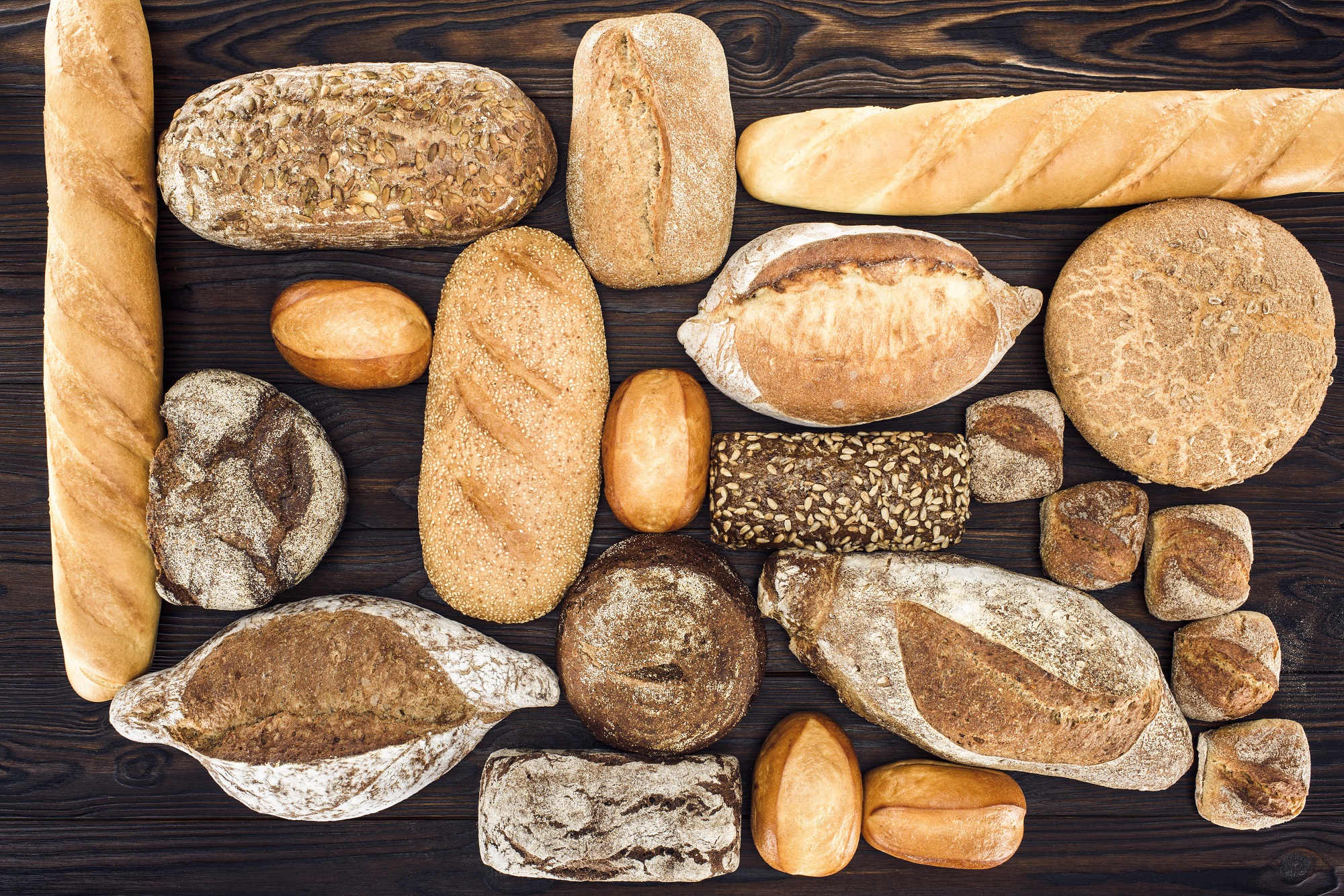By Devane Sharma
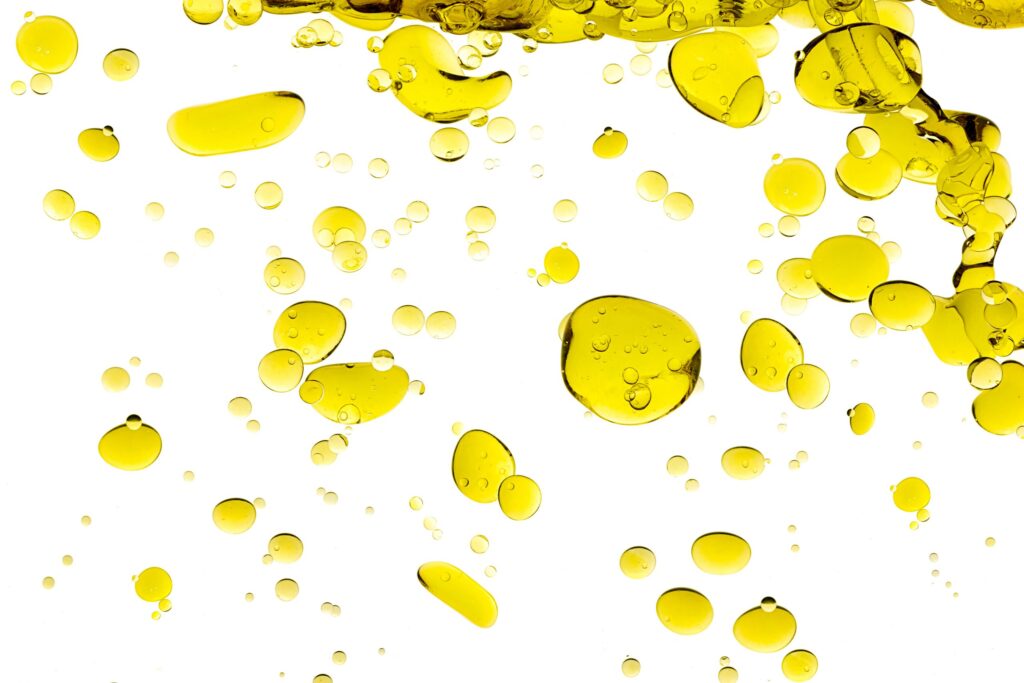
If you were to look at the ingredient list for many baked goods, salad dressings, or ice creams, you may see ingredients like lecithin and mono-glycerides. These are emulsifiers, an essential component of a variety of foods. But exactly what is the definition of an emulsifier, and how safe are they for consumption?
What are emulsifiers?
Imagine pouring oil and water into the same bowl. Regardless of how hard you whisk, stir, or shake the two ingredients, they’ll remain separated. This is because some types of molecules are attracted only to their own kind hence the separation. In simpler terms, an emulsifier bonds oil and water together. Emulsifiers also bring different immiscible ingredients together, preventing separation so that they can produce properties such as a better mouthfeel, and lubrication.
If you’ve eaten a creamy donut, enjoyed a chocolate popsicle, or slathered margarine on a piece of toast, you have emulsifiers to thank. They prevent different ingredients from separating—because no one wants to eat a margarine spread with just oil or just water!
How do they work?
Emulsifiers work by stabilizing a mixture of two liquids that tend to separate. Most commonly, emulsifiers have properties that are both oil-loving (lipophilic) and water-loving (hydrophilic). It’s this property that enables these ingredients to mix.
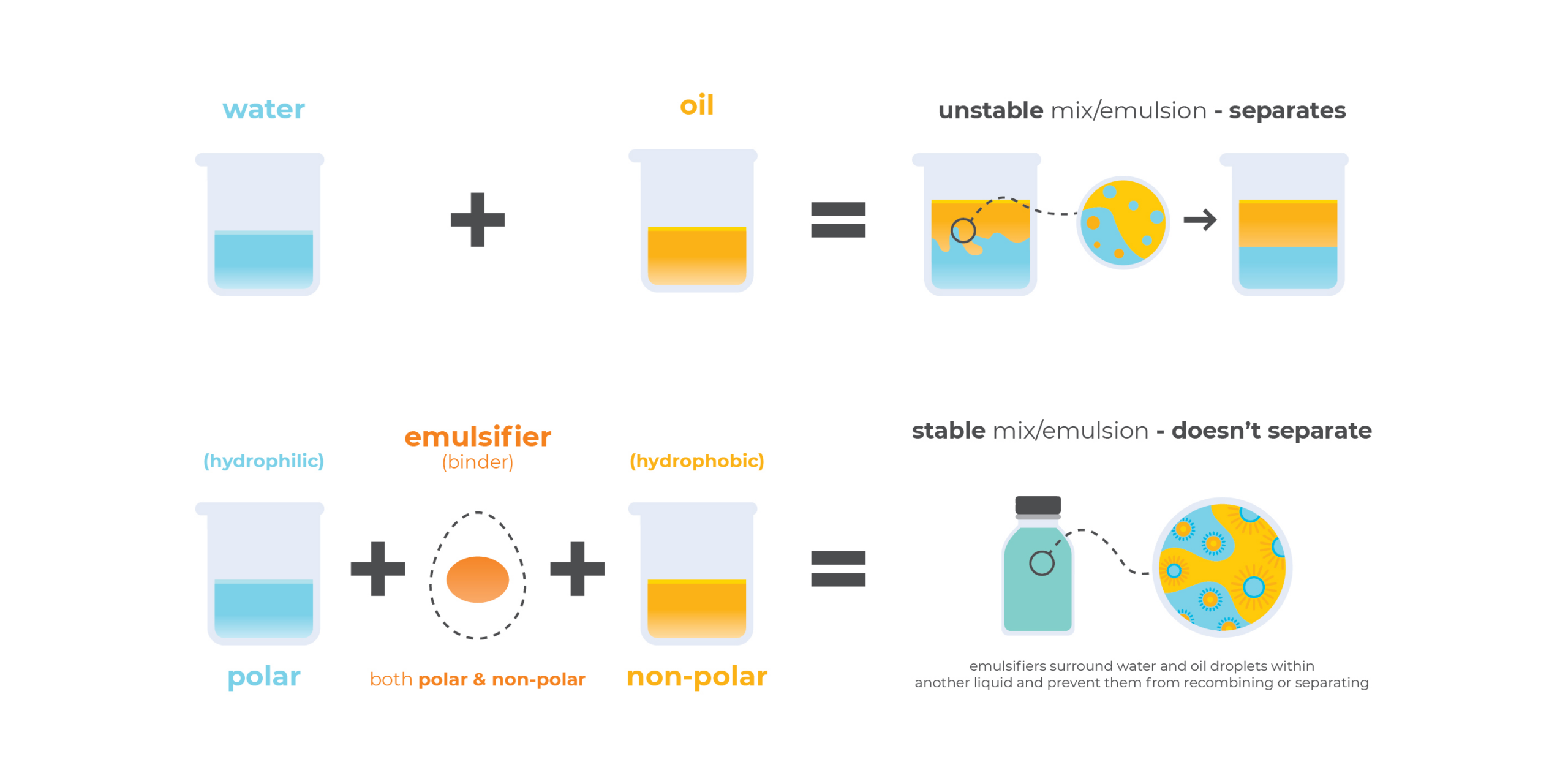
Products that use emulsifiers
The use of specific types of fats to emulsify isn’t exactly a modern invention. Part of the reason why eggs are used in bakery is for its emulsification properties.
Similarly, emulsifiers are used in food production. Bread, chocolates, margarine, and frozen confectionaries like ice cream that you find in the grocery stores around you are some of the most common examples. They make ice cream creamier, bread dough stronger, and packaged food last longer.
A class of plant-based emulsifiers known as mono-diglycerides and their derivatives account for about 75% of the world’s production of emulsifiers. These typically come from palm or soya oil. Lecithin, often derived from soy, canola, and sunflower oils, is also a commonly-used emulsifier.
Are emulsifiers safe?
Emulsifiers improve a food’s mouthfeel and appearance, and some are also effective in preserving freshness and extending shelf life. Like other food additives, oversight bodies such as the Food and Drug Administration (FDA) review emulsifiers that are safe for consumption1.
To enable food producers to innovate with safe and sustainable emulsifiers and other specialty fats, Musim Mas has established the Novel IDEAS Center in Singapore. Built with partnerships in mind, the Novel IDEAS Center aims to co-create successful solutions for new product developments at its R&D labs.
To find out more, click here to contact us or email us at fp@icofgroup.com for our specialists to assist you.
1: https://www.fda.gov/food/food-additives-petitions/ food-additive-status-list


